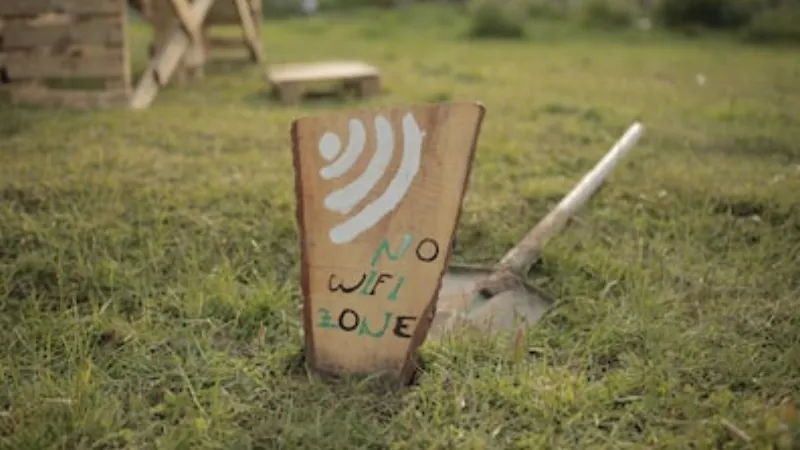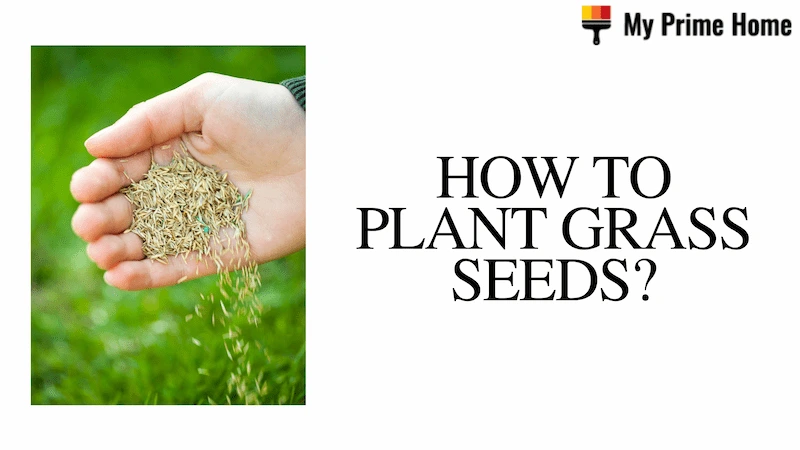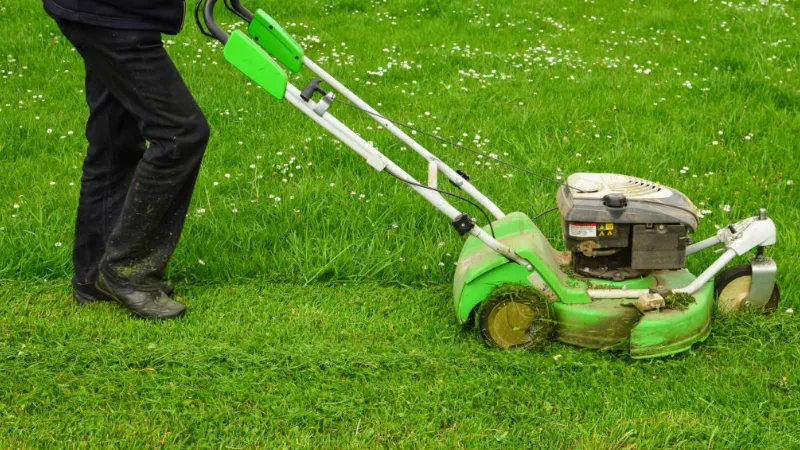If you follow these instructions, your grass will always be lush and green. Below will show you effective ways to make grass green, the benefits of greener grass, types of grass, and FAQs.
You need to get to know your grass, test your soil, break out the fertilizer, water your grass regularly, get the most from your mower, keep on top of weeds, fill in any gaps, and aerate the soil.
Please read on for more detailed information.
How to Make Grass Green?
Here is an easy step-by-step guide on how to make grass green:
Get to Know Your Grass
Grass is not all created equal, to start. There are numerous varieties that can be found in various geographical locations, just like plants. And each has its own preference in terms of nutrients, exposure to sunlight and even height. Before you do anything, ascertain the type of grass you have; this will assist you in determining what it requires to become greener.
In general, the northern U.S. states are home to cool-season grasses. Warm-season grasses are found in the south, whereas. You can then narrow down your list of candidates using this. Consult your neighborhood garden store for advice if you’re still unsure.
Test Your Soil
The next step is to test your soil to see if there are any deficiencies in your lawn that could prevent you from growing healthy, green grass. If your soil is lacking in important nutrients like nitrogen and phosphorus, testing it will help you find out. You can add specific products that will help improve your soil once you know what the pH levels are in your lawn.
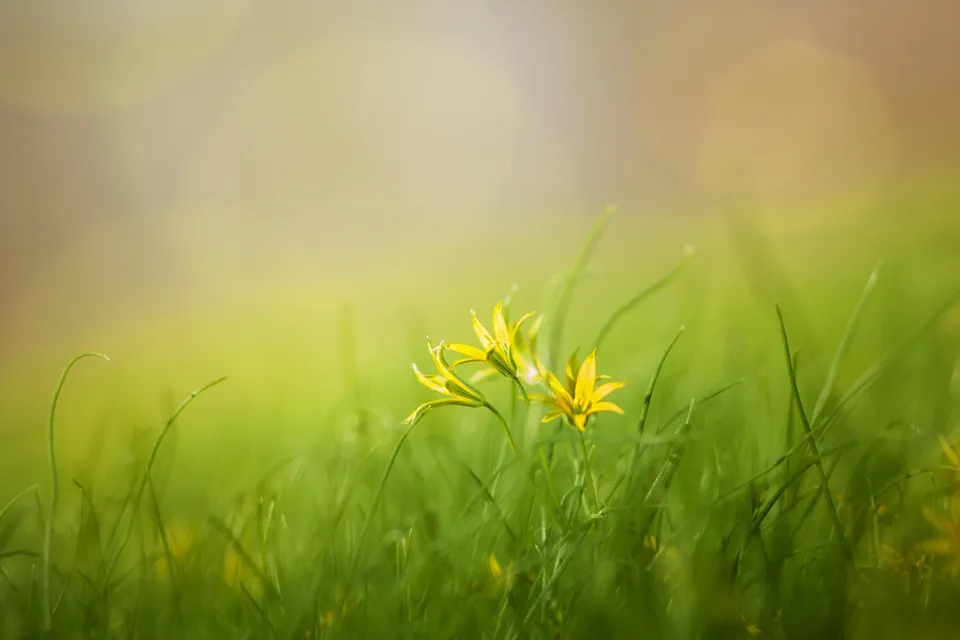
Break Out the Fertilizer
Your soil test will let you know if specific nutrient levels are low, medium, optimum, or high. You can bring the results of your soil test to a gardening store and ask the staff to suggest a fertilizer with the right nutrient ratio for your needs.
You should purchase a slow-release fertilizer that meets the needs of your soil, fertilizes your lawn in the late spring, and does so twice a year. The nutrients can be absorbed by your lawn over a longer period of time by using a slow-release fertilizer. Because grass stores nutrients for the winter during the fall, fertilizing in the fall is particularly crucial.
Water Your Grass Regularly
It’s important to water your lawn correctly, but avoid overwatering. Many Hamilton homeowners water their lawns sparingly every day or every other day, but this is not the ideal practice. Because the roots are encouraged to remain close to the soil using this technique, your lawn is more susceptible to heat and drought. You should only water deeply a few times a week in order to avoid this potential issue. Deep root growth is promoted by this system. It is best to water in the morning to avoid overnight moisture that can lead to disease.
Get the Most from Your Mower
To avoid long-term work and maintenance, don’t mow your grass too short. One of the key procedures for maintaining the health of your lawn is proper mowing. Most landscaping businesses are careful to mow at the proper height and never take more than one-third of the entire leaf surface with each cutting.
Also keep in mind that if your mower blades are dull, your grass will likely be brown and rough. After cutting your lawn, leave the clippings in the yard because they contain nutrients and aid in moisture retention.
To develop your lawn maintenance strategy, learn how to identify crabgrass. Below will give you a full explanation of what is crabgrass.
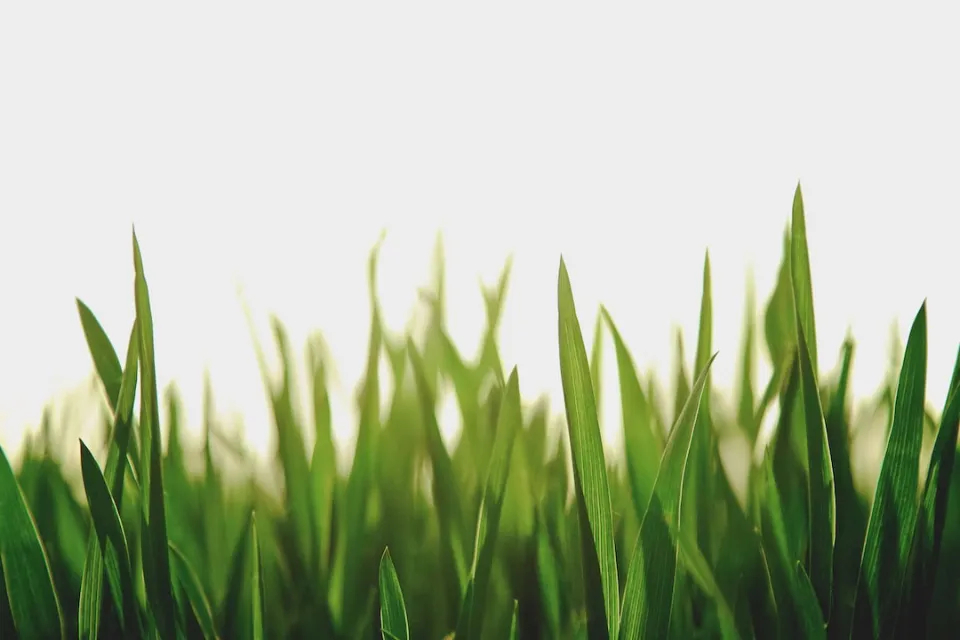
Keep on Top of Weeds
Don’t let weeds prevent you from having the greenest yard in the neighborhood. Use a spade to pull up the roots of any weeds as you see them and dig them out as they appear. You can treat individual weeds with a specialized weed killer, which is available in most garden supply stores, if you’d rather avoid getting your hands dirty. Make sure you wear appropriate protection and select one appropriate for your type of weed.
You can also switch to a fertilizer that contains weed-killer to discourage them if weeds are a real issue and keep coming back. Corn gluten meal is a natural alternative that both kills weeds and fertilizes if you don’t want to use chemicals on your lawn but still have a weed problem.
Fill in Any Gaps
If you’ve been learning how to get rid of moles, or your lawn has a few brown patches, don’t worry. Any voids can be easily filled in with new grass seed. Make sure your seed is compatible with the grass on your lawn first. After that, cut any dead grass away from the area you’ll be filling, and till the top ¼ inch of soil. Now you can manually spread the grass seed, cover it with a thin layer of soil, and water it frequently. Check for How Long Does Grass Seed Last?
If your lawn is starting to look a little worn out, you could also overseed the entire thing. A thin layer of soil (¼ inch) should be applied to your lawn with a rake after the existing grass has been cut. When you’re ready, use a spreader to sow fresh grass seed; be sure to distribute them evenly. You can fertilize and water the seeds after they have been planted. Additionally, you can help shield the seeds from the elements by covering them with mulch or compost.
Aerate the Soil
Finally, if you want green grass, you should periodically aerate your soil. Your yard’s soil will eventually become compacted from constant foot traffic. This puts stress on the grass by making it difficult for any roots to receive oxygen and water. Your lawn will flourish as a result of soil aeration because it will have better airflow.
Your grass seed type will determine when and how often you should aerate your lawn. Aerating warm-season grass is best done in the late spring or early summer, while doing so for cool-season grass in the early spring or fall. If your lawn is having trouble or gets a lot of traffic, aerate it once a year. Once every two to three years should be sufficient if your lawn is healthy.
Aerators are pushed along similarly to mowers and can be rented or purchased. The difference that this can make will surprise you.

Benefits of Greener Grass
A lush lawn offers numerous advantages that can be advantageous to you, your family, and nearby wildlife in addition to its highly desired aesthetic appeal.
Regulates Temperature
Grass keeps surface temperatures low through a process called evapotranspiration, which evaporates soil moisture. Considering that only plants can carry out this process, having a healthy lawn can help control temperature, particularly during the hot summer months.
Improves Air Quality
Lawns absorb carbon dioxide and release oxygen, just like trees, making the air around your home feel much cleaner. Sticking to greenery can help you breathe easier if you have asthma, allergies, or other lung conditions.
Enables New Plants to Grow
A healthy lawn with green grass is a great place to start, whether you want to unleash your inner green thumb now or in the future. If the grass dies, the soil underneath may stop supporting further plant growth, leaving you with an unusable lawn.
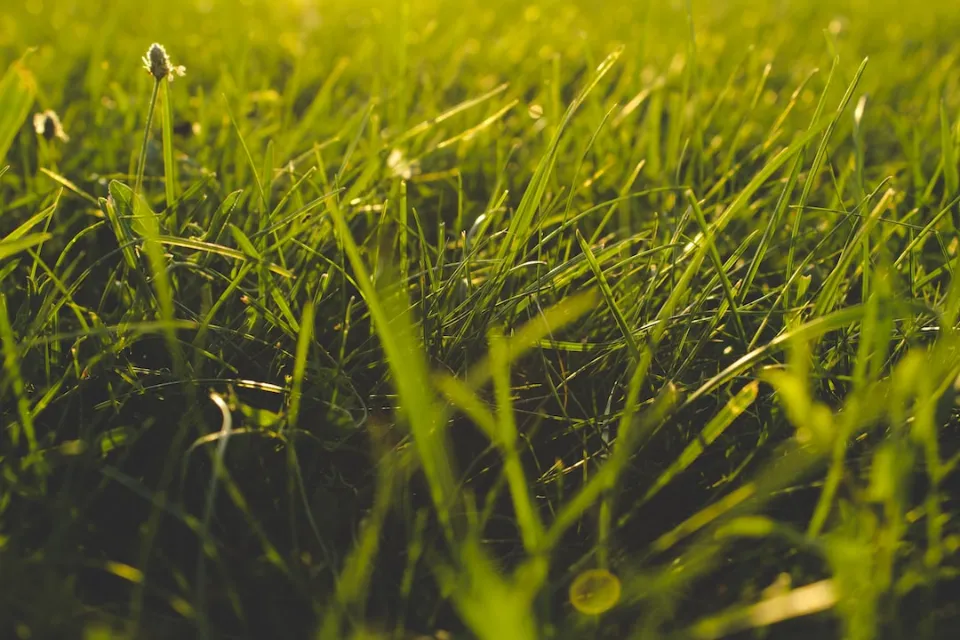
Types of Grass
There are various types of greenery that can occupy your lawn, ranging from warm-season grasses to cool-season grasses. These require different forms of care, so it’s important to understand your type of grass and what works best for it to keep your lawn healthy. Typically, grasses are categorized by the season in which they are at their most abundant.
Warm-Season Grasses
These typically come from the tropics and flourish in the heat. They grow the quickest and turn the greenest in a range of temperatures between 75 and 90 degrees Fahrenheit. Warm-season grasses are also better able to withstand extreme heat-related conditions, such as drought and a lack of CO2. Warm-season grasses, however, tend to lose their beauty and turn brown when the temperature drops below 55 degrees.
Warm-season grass is advantageous for southerners because it can grow a lush, green lawn during the intensely hot months of the year. The warm-season grass selection includes:
- Zyosia
- Augustine
- Bermuda
- Buffalo
- Centipede
- Carpet
- Bahia
Cool-Season Grasses
Although they can grow in temperatures as low as 40 degrees, most cool-season grasses thrive in conditions between 65 and 80 degrees, when they produce the most biomass and turn the greenest. In northern states, early spring and late fall are the best times for them because the air temperature is ideal for accelerating their growth. While these plants can withstand the cold, the heat makes them vulnerable and necessitates constant watering to keep them hydrated. Particularly susceptible to drying out and, in the worst case, dying, are the grass roots.
The cool-season grass selection includes:
- Kentucky bluegrass
- Creeping red fescue
- Perennial ryegrass
- Bentgrass
- Annual ryegrass
Transition Zone Grasses
It can be extremely difficult to find the ideal new grass seed to plant for your lawn if you live in the region that lies between the cold north and the warm south. For starters, the erratic, polar weather can make it very cold one day and very hot the next. Most grasses won’t survive because they can’t turn green in the proper conditions.
Choose these tough plants if you want lush green grass in challenging areas.
- Bluegrass
- Ryegrass
- Thermal blue
- Zoysia
- Fescue
- Centipede
- Bermuda
Can you mow wet grass? Short answer: No. Whether it’s early morning and the lawn is still dewy, a rainstorm just ended, or you just ran your sprinklers, you should skip the mow for now. Please read on for more detailed information.

FAQs
What Can I Put on My Grass to Make It Green?
The number one way to increase the green color in your lawn is with Nitrogen. A healthy turf requires the highest concentrations of nitrogen, one of the major three macronutrients. By accelerating chlorophyll production in the plant, it encourages top growth in the lawn.
Can You Make Grass Green Again?
For your lawn to transform from a lifeless, brown expanse into a vibrant carpet of rich green, regular watering is essential. Respect this important step as grass seed needs constant moisture to sprout and grow strong roots. So that the soil is consistently moist, water your lawn every day.
Does Watering Grass Make It Greener?
The easiest and most intuitive way to get greener grass is to give it more water. It is recommended that you give your lawn at least an inch of well-penetrated water each week, but a little more won’t hurt to achieve the desirable shade of green.
Why is My Grass Losing Its Green Color?
Your grass needs water to thrive. When your lawn isn’t receiving enough water, it can start to wilt and ultimately turn pale green or yellow. ADVICE: Establish a regular schedule for watering your lawn. It’s common for people to underestimate how much water Mother Nature is actually giving their lawn.
Why is My Grass Not Turning Green?
If you’re watering your grass properly, but it’s pale green or yellow instead of dark green, your turf is most likely nutrient deficient. Key nutrients like iron and nitrogen are typically lacking in yellow lawns.
Summary: How to Make Grass Green?
You need to get to know your grass, test your soil, break out the fertilizer, water your grass regularly, get the most from your mower, keep on top of weeds, fill in any gaps, and aerate the soil.
If this seems like a lot—don’t stress it. We’re here to help, so feel free to call us whenever you’d like to discuss how to make your neighbors envious of your equally lush lawn! Let us know in the comments if you have any additional tried-and-true advice for maintaining healthy grass.
Read about
